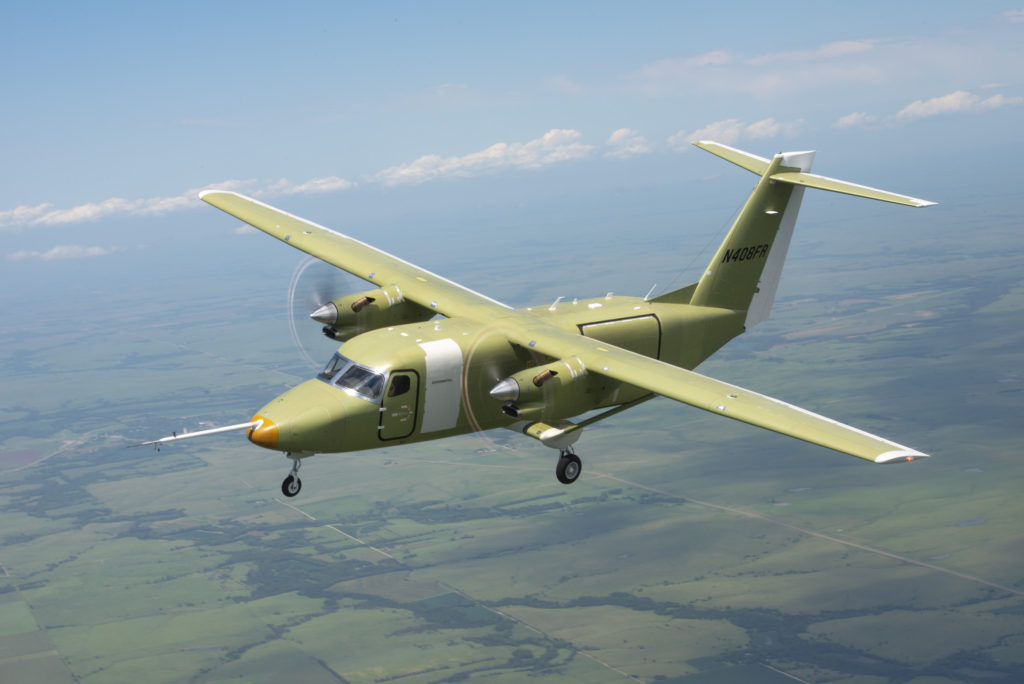Can I Mix Different Brands of Oil in My Cessna Turbo Aircraft’s Engine?

I recently received an inquiry from Brian Favero, the owner of a Cessna Turbo 310Q equipped with a Continental TSIO-520 engine. Brian’s mechanic recently switched from using Aeroshell Oil W100 Plus to Phillips 66 X/C Aviation Oil 20W50. Now, Brian has a surplus of Aeroshell oil and is wondering if it’s safe to mix it with the Phillips oil.
There’s a common belief that mixing different brands or grades of oil in a mid-time engine isn’t advisable. This notion has roots in the history of aviation lubricants, particularly with the introduction of Aeroshell Oil W in 1958. At that time, straight mineral oil was the only approved product for aircraft engines. The new Aeroshell oil was revolutionary as the first ashless dispersant aircraft engine oil.
However, the transition to W oils caused some issues, especially in engines with carbon buildup, where the ashless dispersant could dislodge carbon, potentially causing engine damage. Over time, as W oils became more widely used, these problems diminished, but the cautionary tale persisted in aviation circles.
Now, let’s address the critical question: Are these two oils compatible? The answer is yes.
All oils meeting the Mil-L-22851 specification or SAE J-1899 standard must pass compatibility and miscibility tests with all approved products. In other words, these oils are designed to be mixed without issues.
The potential challenge arises when dealing with different viscosity grades. For example, adding a single-grade oil to a 20W50 oil blend can affect low-temperature properties. Multigrade oils, like 20W50, have advantages in cold climates, including faster cranking and reduced wear.
If you live or operate in a colder climate, it’s wise to save the single-grade oil for warmer weather and consider how your engine consumes different viscosity oils.
As for the need for oil additives, it’s important to note that the Lycoming LW-16702 additive in Aeroshell Oil W100 Plus is specifically designed for Lycoming engines with camshafts located above the crankshaft, addressing condensation concerns during storage. Continental engines, on the other hand, have their camshafts under the crankshaft, leading to less condensation and a different oil distribution during startup.
In Brian’s case, adding an extra oil additive to the Phillips oil may not be necessary, as the engine configuration is different. However, it’s advisable to monitor oil consumption and engine performance to ensure everything runs smoothly.
In summary, mixing different brands of aviation oil is generally safe, but be mindful of viscosity grades, especially in varying climates. Additionally, the need for oil additives depends on the engine’s design and operating conditions.
Sources: AirGuide Business airguide.info, bing.com, based on an article by By Ben Visser. Ben Visser is an aviation fuels and lubricants expert who spent 33 years with Shell Oil. He has been a private pilot since 1985.
